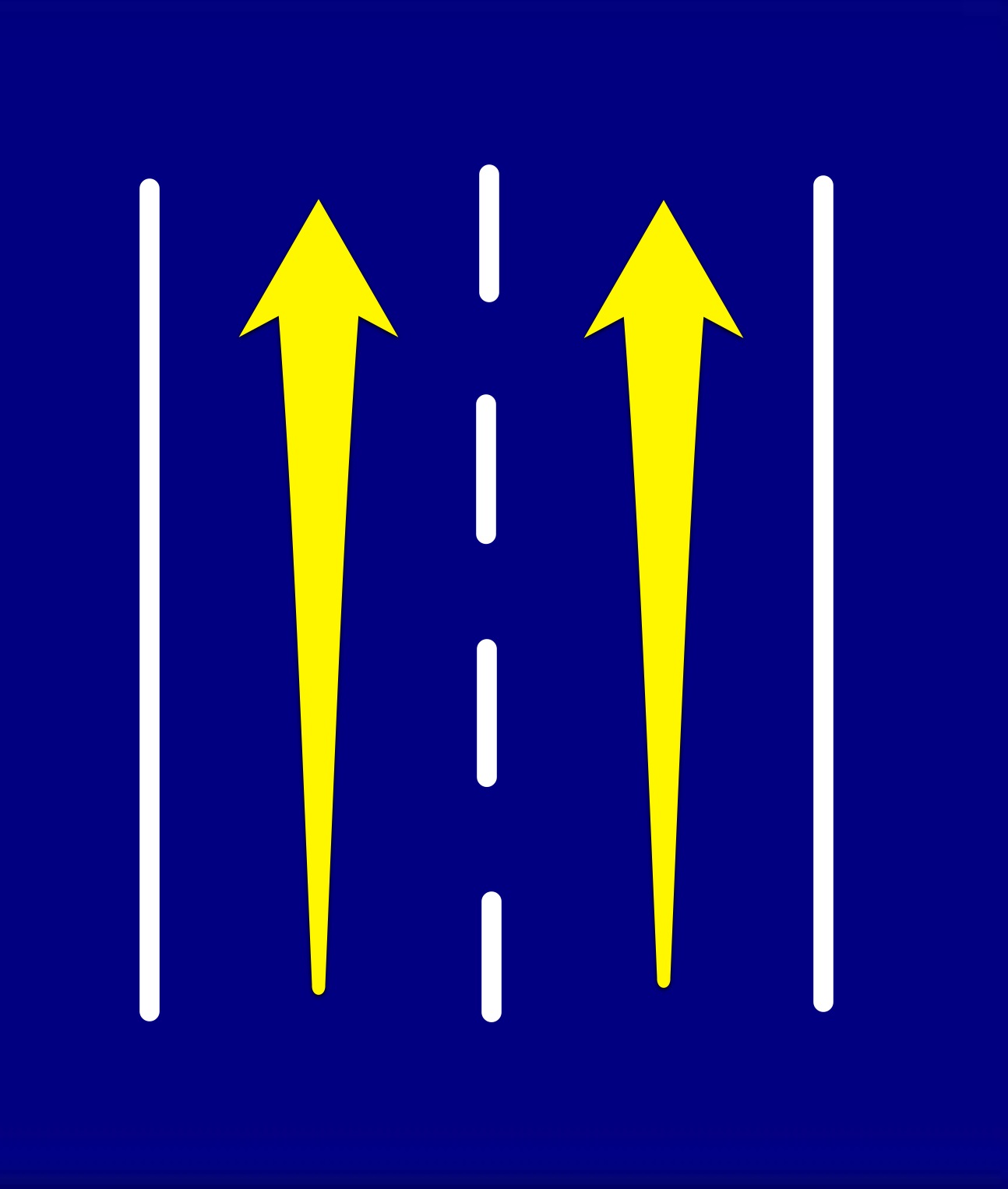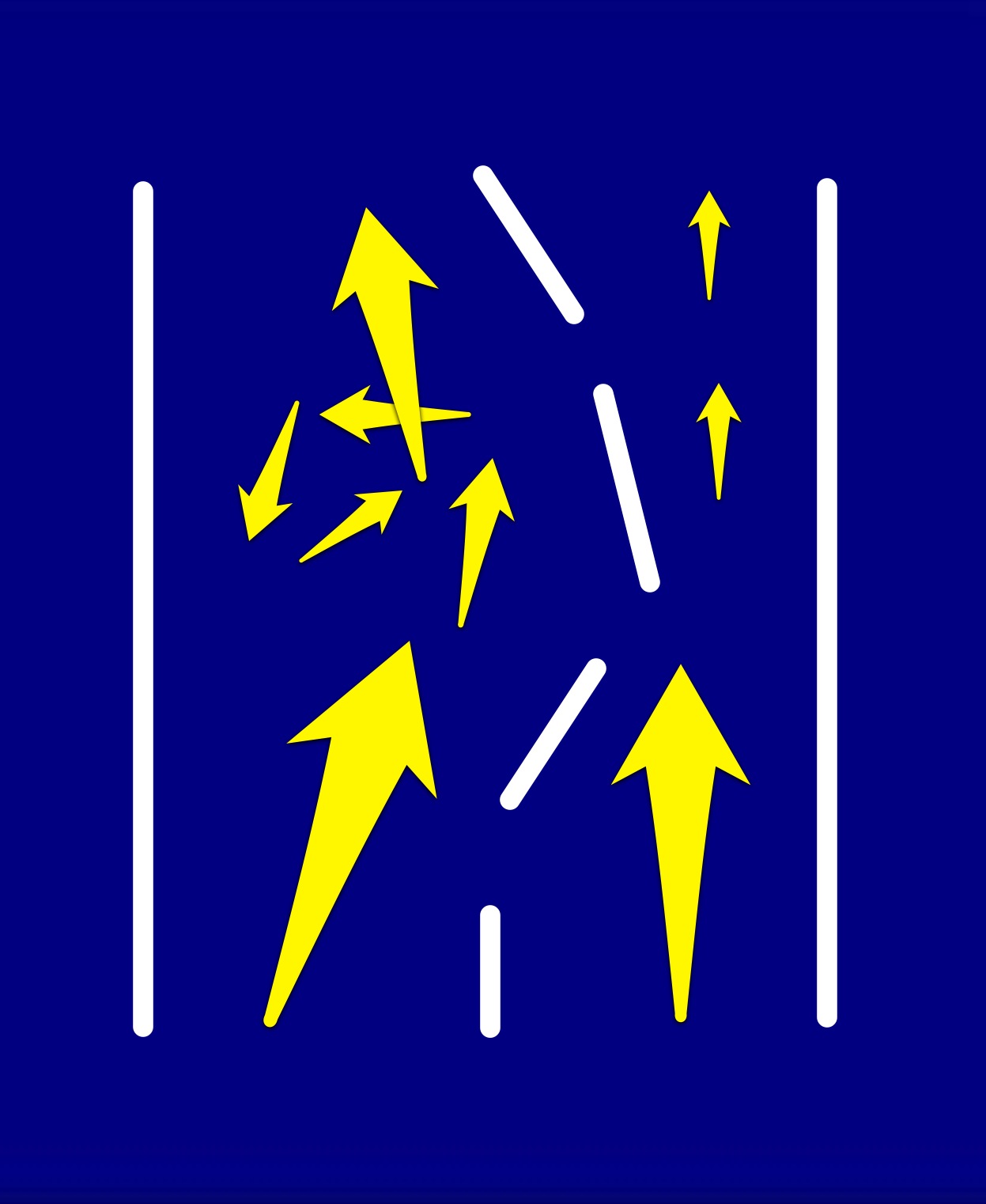Why does a deviated septum actually cause obstruction in BOTH sides?
- Posted on: Feb 7 2013
Briefly, the nasal passages are in charge of delivering air from the tip of the nose to the back of the throat and then into the lungs. Typically, the air passes through each nostril into the nasal cavity and then into the throat. Various conditions can limit the amount of airflow through the nasal passages and result in obstruction issues. One of the more common reasons for nasal obstruction is a deviated nasal septum.
The nasal septum is a bony and cartilaginous structure in the midline of the nose. This has a membrane covering to keep it moist. On occasion, either the bone or the cartilage or both can be deviated to one side, and therefore result in obstruction of the nasal passages.
Conventional wisdom would say that if the septum is deviated to a particular side, the left or the right, the other sides should be even open wider and allow for more passage of air to compensate for the blocked side. However, this is actually not correct in practice.
In order to better understand the function of the septum, think of it as lane marker in a two lane highway. As seen in the diagram below, if the lane markers are straight, and each lane has equal capacity, the flow is unobstructed and smooth.
As seen in the diagram below, if the lane marker is not straight, it will cause a great deal of obstruction on the narrow side, and only a small amount of flow can go through the obstruction. However, on the opposite side, the sudden width can actually result in turbulence of flow, which in simple terms can be thought of as the air actually getting lost in the nose. Due to the sudden widening of the passage in the area of the deviation of the septum, the air that goes into nasal passages can whirl around as opposed to go directly in the back. This will then result in slowing of the flow even on the side that is thought to be wider.
Therefore, deviation of the nasal septum can actually result in obstructive issues both on the narrower side as well as on the wider side. Deviation of the septum is a bony and cartilaginous problem, and will not respond to any type of medical therapy. Septoplasty is the only remedy for correcting a deviation of the septum.
Tagged with: deviated nasal septum, deviated septum, ear nose throat, ENT, Isaac Namdar, Isaac Namdar MD, nasal blockage, nasal obstruction, New York, new york city, obstruction, Otolaryngology, Otorhinolaryngology, septoplasty, septum, sinus congestion, sinusitis
Posted in: Nose



